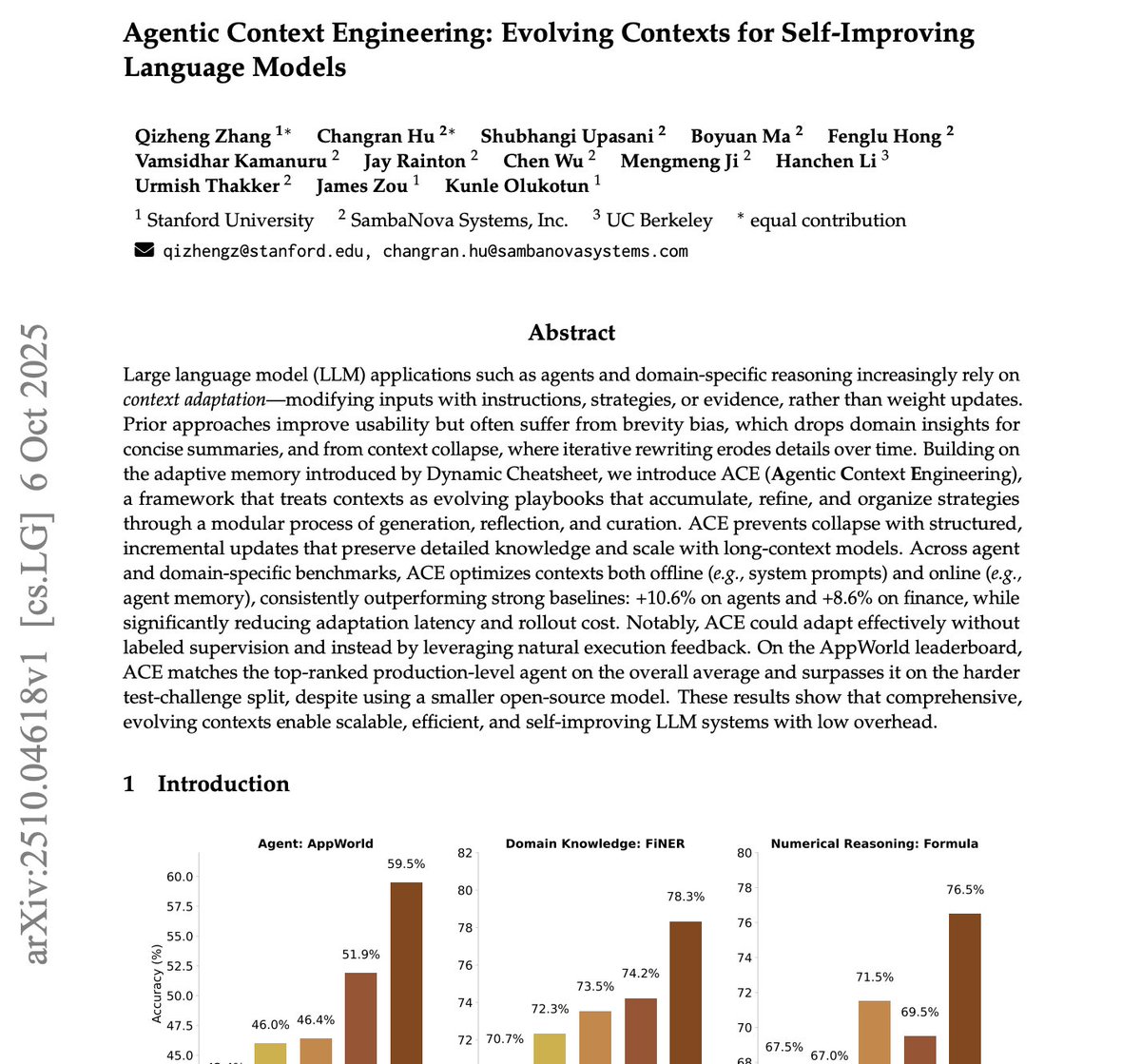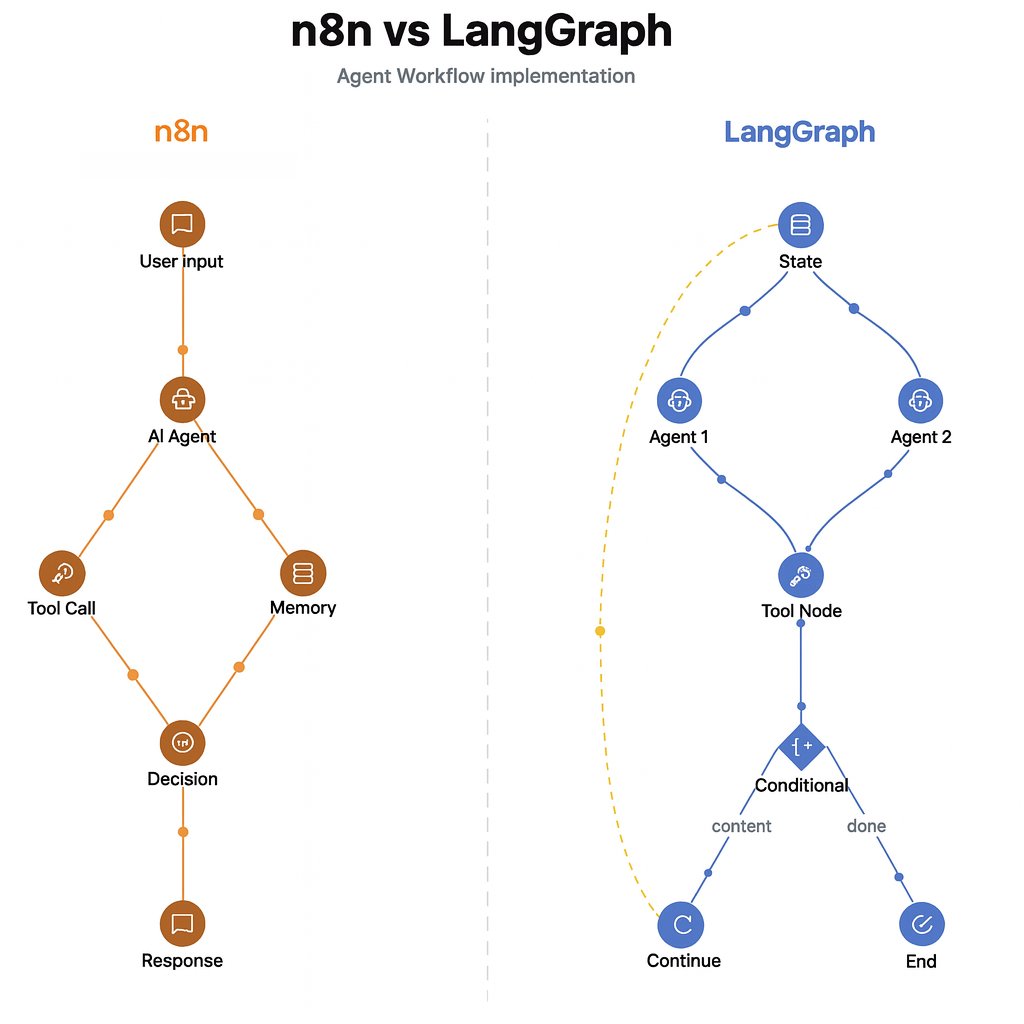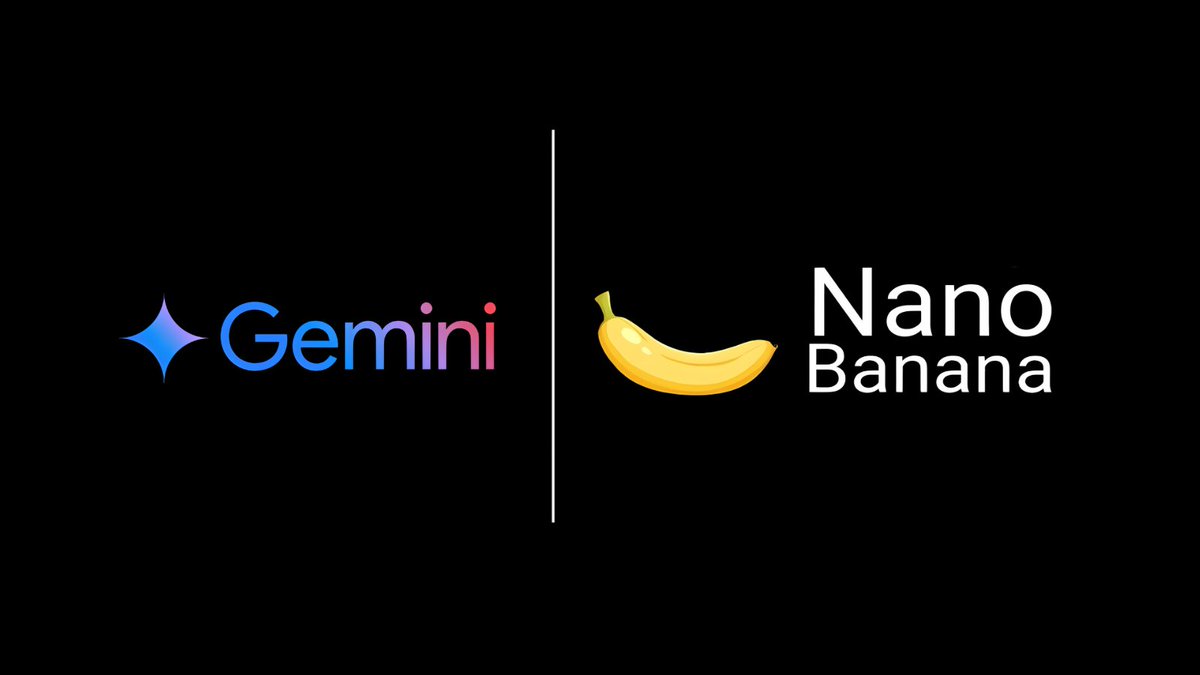
Sharing practical ways to use Al and Tech tools for you and your business • Follow me to learn and master AI & Tech tools • AI Educator & Writer @theprohumanai
2 subscribers
How to get URL link on X (Twitter) App


 To understand LLMs, start with pre-training.
To understand LLMs, start with pre-training.
 Here’s how ACE works 👇
Here’s how ACE works 👇

 Let’s get one thing clear:
Let’s get one thing clear:

 1. Always begin with the basic Trigger node
1. Always begin with the basic Trigger node
 1. The Numbers That Broke Everything:
1. The Numbers That Broke Everything:

 1. LLM Course
1. LLM Course

 1. More video, for less
1. More video, for less
 1. AI in the Data Center
1. AI in the Data Center
 1. Hexagon spinning with a ball bouncing.
1. Hexagon spinning with a ball bouncing.
 1. Daily Chat Buddy
1. Daily Chat Buddy
 The system:
The system:
 Introducing Fellou: The First Agentic Browser
Introducing Fellou: The First Agentic Browser
 Meet Pine AI: The assistant that takes over painful support calls.
Meet Pine AI: The assistant that takes over painful support calls.
 1. Nano Banana allows you to combine photos into new scenes.
1. Nano Banana allows you to combine photos into new scenes.
 Check out
Check out